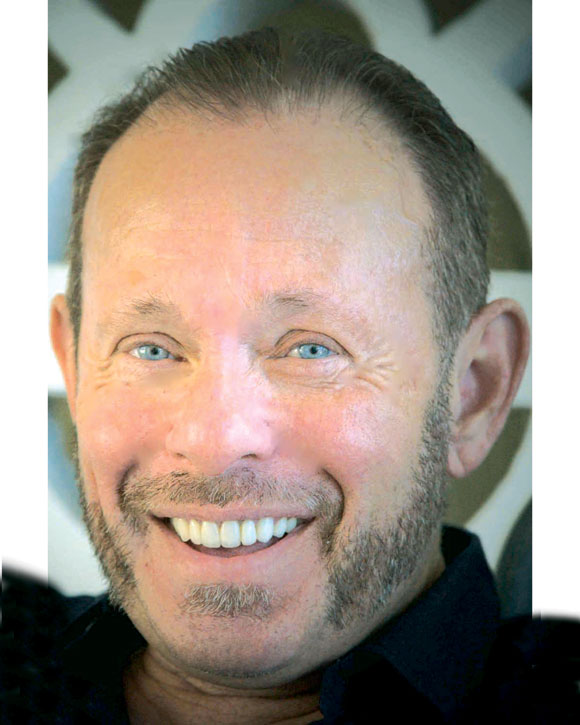I don’t know when I finally awoke and decided, “OK, enough thinking about it, it’s time to act.” A kidney transplant was a big personal commitment and would create the chance to make a huge difference. Patients that are candidates for kidney transplantation have already used up all their options and the end of the road is dialysis. Our kidneys function to clean the blood, and dialysis doesn’t work nearly as well as a properly functioning kidney.
Every day, 14 people die waiting for a kidney transplant. As of January 3, 2015, there were 123,233 candidates in the U.S. waiting for a transplant. The number of transplants completed January to October 2014 was 24,383. 70% of donors were under age 49 and 27% from ages 50-60. In 2012, they identified only one anonymous donor.
During one of my kidney function tests called a Renogram, the radiology technician noticed we were only 17 days apart in age. We got to talking about the relationship to the recipients of previous transplant donors. I was curious to learn how many donors were anonymous. He said I was the first he had seen in his 30 years as a tech and the 8 years they had been doing it at Loma Linda. I also asked him if he would donate a kidney. He thought about it for a minute and said, “Yeh, I guess I would” as if the thought never crossed his mind.
Did you know that if you become a donor and at some point in your life you need a kidney you get moved to the front of the line? Also worthy of mention, kidney donors actually have a lower lifetime risk of kidney disease (3x lower) than the general public. When you learn about the meticulous care that goes into screening donors it makes a lot of sense. There are a lot of resources devoted to a kidney transplant and the costs to the health care system with surgeons, surgery centers, labs, CT scans, blood work, coordinators, directors, advocates, nurses, radiology testing and follow-up for both the donor and the recipient are enormous. My labs and hospital bills were all covered under something called the “kidney transplant program.”
Before the transplant center spends a lot of money and effort on you, they want to make sure you don’t have any major issues. That means a visit (and explanation) to my general practitioner. He had never had an anonymous donor patient before and was curious. I also thought he was going to start asking psychological questions like “have you been feeling depressed lately?” Instead, he played it down and ordered the list of labs they specifically wanted.
Each donor is reviewed not by one person but by a team that decides on the viability of that donor kidney and the match with the patient. They also decide on who gets a kidney like mine. I do know that of the 4,700 living donors in 2013, around 70% were white, 14% Hispanic, and 11% were black. I researched the politics of who gets a kidney and for non-directed donations, especially with blood type O (universal donor), and found that there are very specific rules to ensure that the recipient process is as fair as possible.
In all the literature, including the release, they make no bones about the fact that “there will be pain.” Fortunately, they follow up with the assurance that “it will be well controlled with medication.” Thank goodness for modern drugs. Most donors are expected to be off work for 4-6 weeks.
The preoperative workup included kidney function labs, drinking a ton of water, 6-7 blood draws including one for 22 vials of blood, a Glomerular Filtration Rate test, a CT scan and a Renogram. During the GFR test a chemical marker is injected into your vein and blood is drawn each 30 minutes for 2 hours starting after the first 30 minutes. The concentration of this marker in your blood is a measure of the efficiency of the kidneys. It estimates how much blood passes through the glomeruli of the kidney per minute. The Renogram test involves a radioactive isotope that is injected into your vein while a special camera takes images showing the isotope being filtered through your kidneys.
Turned out after going through all the testing that my 59 year-old kidneys were healthy, but just didn’t have enough flow to be a good candidate for transplantation. As the doctor who broke the news to me said, “If we take one of your kidneys you’ll be looking for a donor in 10 years.” My wife was relieved; I was …… disappointed.
As of end of January 2014 there were 123,000 patients waiting for a kidney. Want to change a life? Consider donating.
Dr. Evans is the founding owner of Evans Eye Care in Palm Desert and can be reached at (760) 674.8806 or online at www.evanseyecare.com.
















































Comments (0)